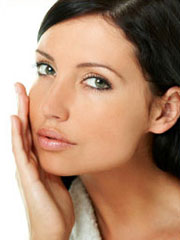Getting acne....Q&A............(part 3 of 5)
I’ve started getting acne spots. How long do they last? This depends on what type of spots they are and, even then, it can be very difficult to predict what will happen. Some spots will appear and then disappear during the course of a day but others will evolve more gradually through the various stages. Comedones can be very persistent if they don’t get inflamed. Mildly inflamed spots will last 5–10 days before settling down, but can leave a flat red mark (macule) for several weeks. Nodules and cysts may last for weeks or months unless you get some treatment. What is the difference between a whitehead and a yellow- head spot? These two common terms describe quite different types of spot. A whitehead is a closed comedone where the pore is blocked and not open to the air. There is no inflammation (redness). A yellow- head suggests a spot with pus in it. The medical term is a ‘pustule’. Whiteheads may become yellowheads if the blocked pore becomes infected. My daughter is only 9 but she seems...


Comments
Post a Comment